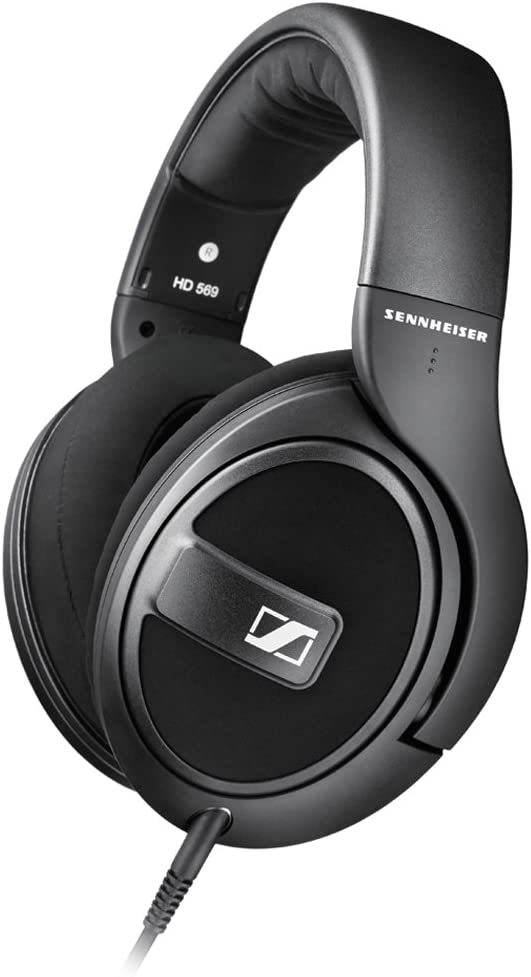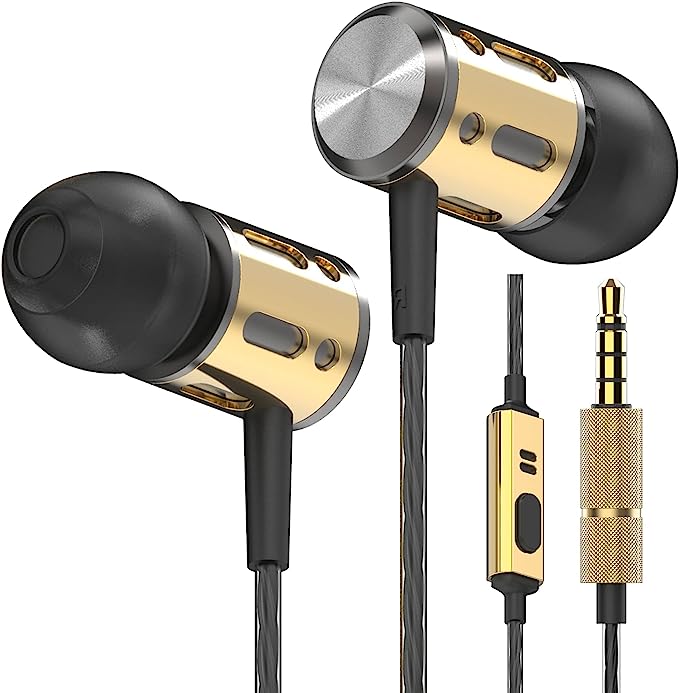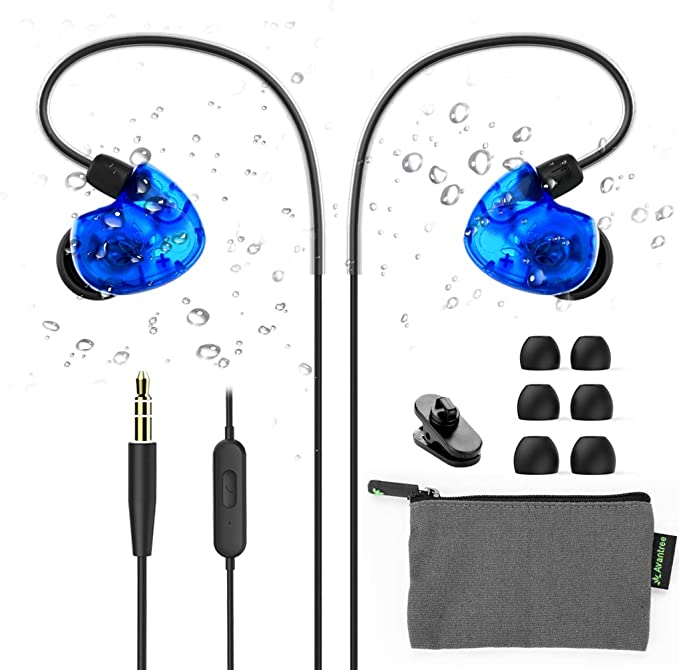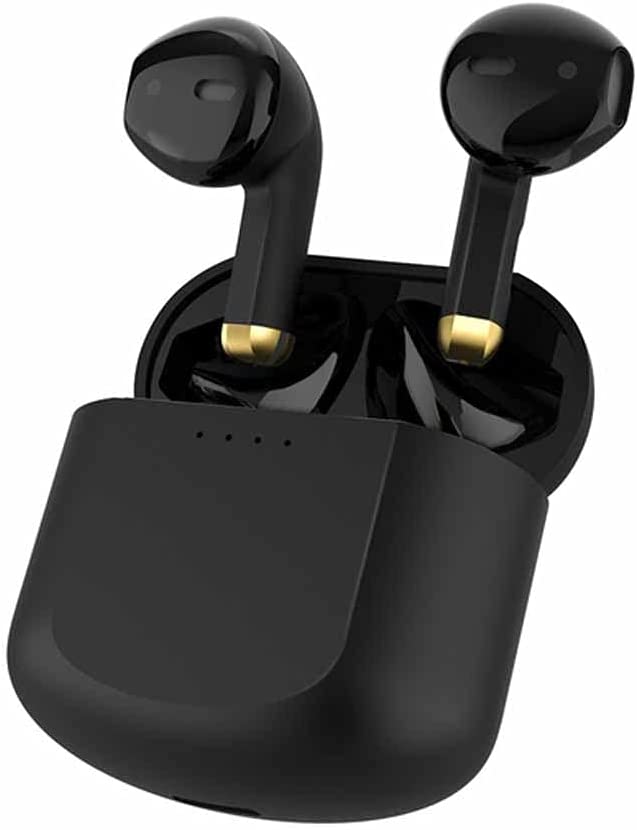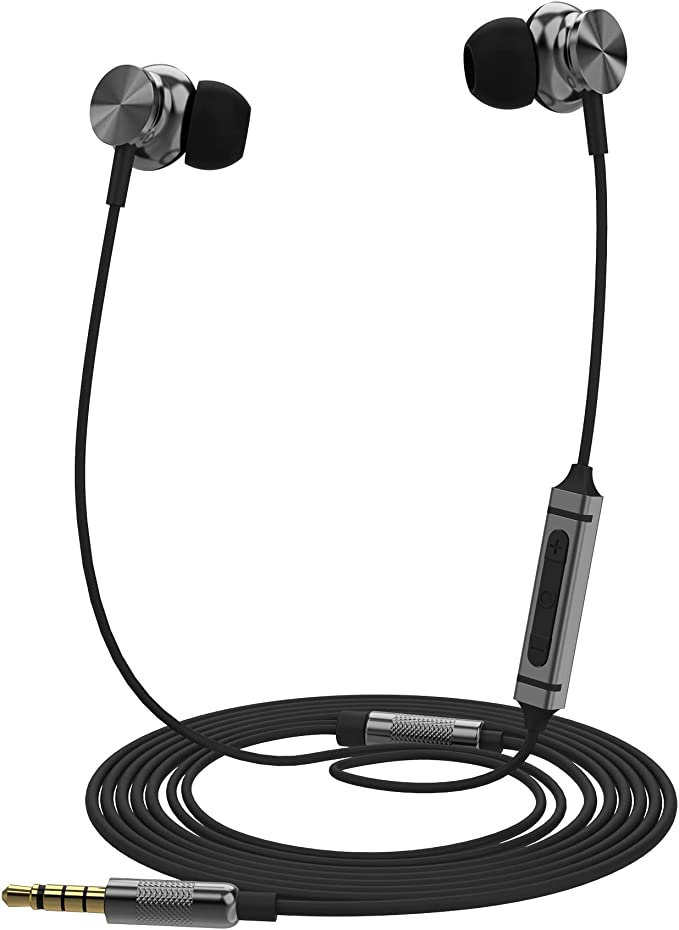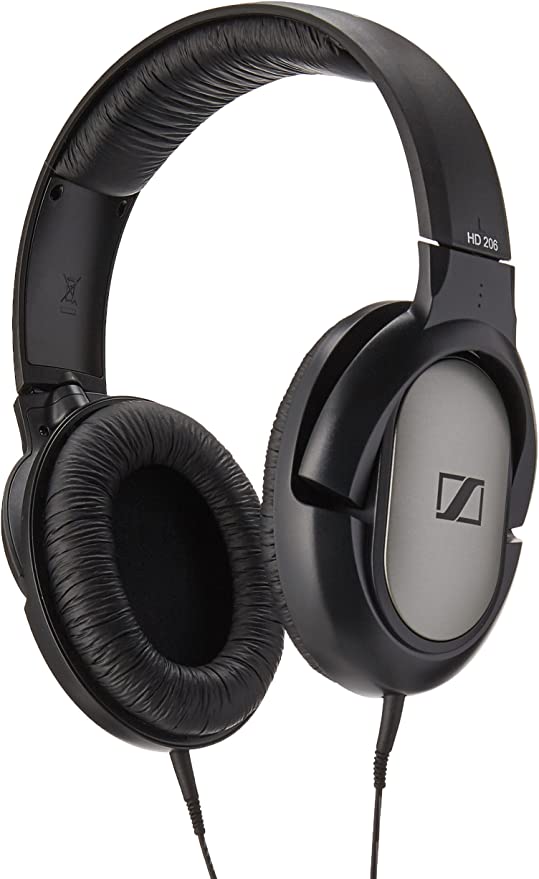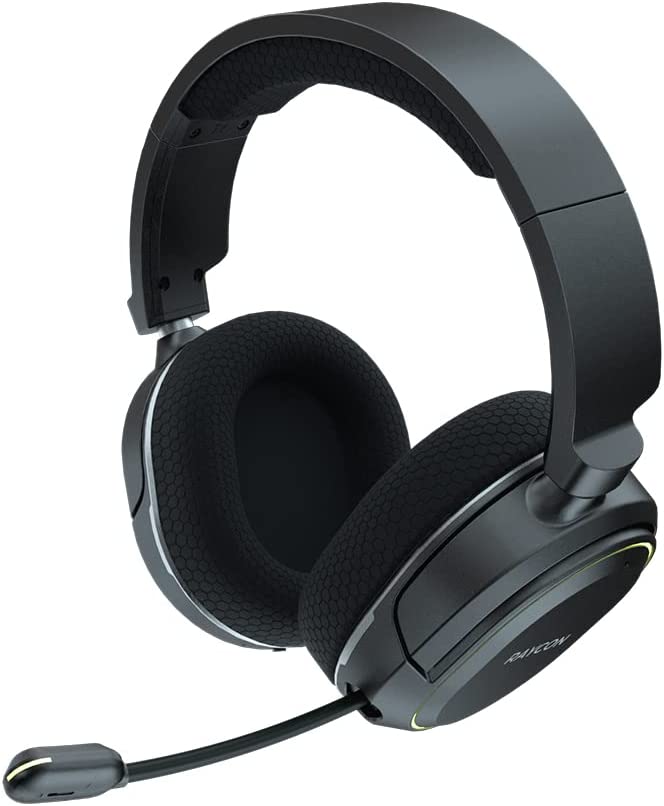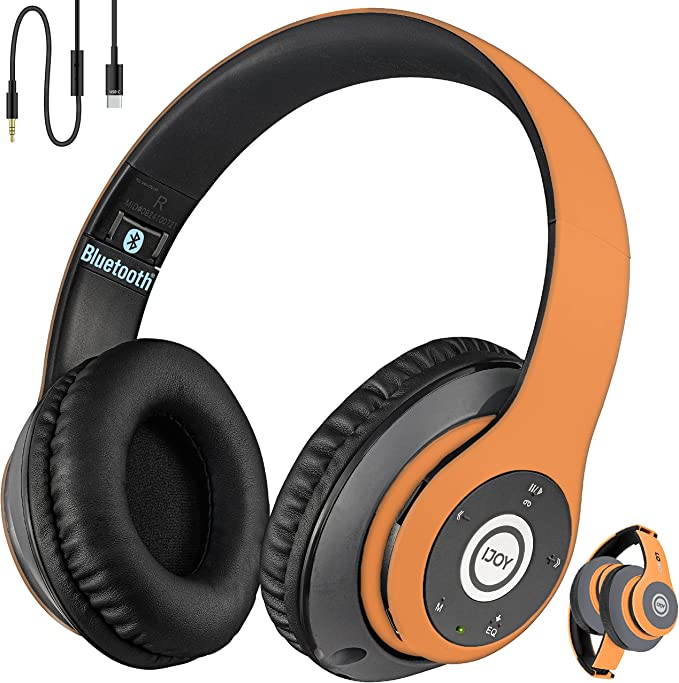Sennheiser HD1 IEBT In-Ear Wireless Headphones: Great Wireless Sound for On-the-Go Listening
Update on June 28, 2025, 8:44 a.m.
There was a time when our music was bound by physical laws we could see and touch. We knew the gentle hiss of a cassette tape reaching its end, the jarring skip of a scratched CD. These were the tangible prisons of our audio. Today, the wires are gone, but a new, invisible anxiety has taken their place: the fear that in freeing our music, we have somehow diminished it, losing precious detail in the ether. This modern paradox—the quest for perfect convenience and perfect fidelity—is the stage upon which all wireless audio engineering performs. And in the case of a product like the Sennheiser HD1 IEBT In-Ear Wireless, we find not a single magic bullet, but a masterclass in the art of the possible.

The Digital Overture: A Faithful Translation
Before a single note can reach your ears, it begins as a silent ghost in your device—a stream of digital data. The first great challenge is to send this ghost on its journey. This is the role of Bluetooth, the invisible conduit. But the conduit itself is not enough. The soul of the music lies in how it’s translated for the journey.
This is the world of codecs. Think of a codec as a translator tasked with conveying a complex, poetic speech. The standard Bluetooth codec, SBC, is a hurried, functional translator; it gets the basic meaning across but loses the nuance, the emotion, the rhythm. This is why Sennheiser’s inclusion of superior codecs is the foundational act of this entire enterprise.
Qualcomm’s apt-X™ technology is akin to a master linguist. It employs a more intelligent form of compression, one that works to preserve more of the original data from the audio file. It doesn’t just relay the words; it captures the intonation. The result is what the industry often calls “CD-like” quality, a listening experience where, as one audiophile aptly put it, the sonic image sharpens from slightly blurry to crystal clear. The subtle decay of a cymbal or the breath of a vocalist—details often sacrificed for wireless stability—are given safe passage.
Alongside it, AAC (Advanced Audio Coding) acts as a skilled diplomat, a codec highly optimized for the Apple ecosystem. Its presence ensures that a vast number of users aren’t forced to rely on a lesser standard, allowing the hardware to perform at its peak regardless of the device it’s paired with. This digital handshake is the first, crucial promise: your music will begin its wireless journey with its integrity intact.

Physical Form: The Alchemy of Sound and Steel
Once the faithfully translated digital signal arrives at the headphones, it must be reborn into the physical world. This is an act of alchemy, transforming electrical pulses into the mechanical vibrations we perceive as sound. It’s here that the cold, hard reality of physics and materials takes center stage.
At the heart of each earpiece lies a dynamic transducer, the engine that generates the sound. But the quality of an engine is wasted if it’s placed in a poorly designed chassis. The sound waves, once created, must travel through a pathway to your eardrum. For this, Sennheiser chose precision-milled stainless steel sound tunnels.
This is a decision rooted in fundamental acoustic principles. Imagine a gifted singer performing in two different spaces: a tiled bathroom and a velvet-lined recording studio. In the bathroom, the hard surfaces create unwanted echoes and reverberations—or resonance—that color and distort the singer’s pure voice. In the studio, the soft, dense walls absorb these rogue vibrations, allowing you to hear only the intended performance.
In a headphone, plastic components can act like that tiled bathroom, vibrating sympathetically and adding their own sonic signature. Stainless steel, with its superior density and rigidity, is the recording studio. It provides an acoustically inert pathway, ensuring the sound that reaches you is untainted, a pure expression of the transducer’s work. This commitment to an uncolored sound is a cornerstone of the Sennheiser philosophy.

The Human Element: An Instrument to Be Worn
A musical instrument is worthless if it’s painful to hold. Similarly, a headphone, an instrument for listening, fails if it’s uncomfortable to wear. The HD1’s around-the-neck design is an elegant solution to a complex physics problem: the trade-off between power, weight, and comfort.
By placing the bulk of the electronics and the crucial 10-hour lithium-polymer battery within the neckband, the design liberates the ears from bearing that load. The device’s 53 grams are distributed comfortably across the shoulders, a stark contrast to the ear fatigue that can be induced by heavier, self-contained earbuds.
This functional choice is wrapped in soft-stitched sheepskin Nappa leather. This is more than a touch of luxury; it’s a deliberate choice in material science. Nappa leather is a full-grain hide, prized for its exceptional softness, durability, and breathability. It creates a tactile sensation that is both premium and practical, ensuring comfort during hours of continuous contact with the skin. It transforms the device from a piece of technology you use into an accessory you wear.

The Art of the Possible: A Dance with Limitation
Here, we arrive at the heart of all great engineering: the honest acknowledgment of limitations. No product is perfect, but a well-designed one is a series of intelligent and beautiful compromises.
Consider the microphone. The HD1 IEBT employs an omni-directional mic, meaning it is designed to capture sound equally from all directions. This is a user-friendly choice; you don’t need to position it perfectly for your voice to be heard. However, this very strength is its weakness. As a consequence of its design, it cannot distinguish the sound of your voice from the clatter of your keyboard or the murmur of a café. As users discovered, it faithfully transmits everything. This isn’t a flaw in the microphone; it’s the inherent nature of the component chosen—a trade-off that prioritizes simplicity of use over specialized noise isolation.
A similar story is told by the dangling earbud wires. In an age of retracting mechanisms, fixed wires can seem archaic. Yet, this is a conscious decision that favors long-term durability. A mechanical retraction system adds complexity, weight, and, most importantly, another potential point of failure. By opting for simple, robust wires, the engineers made a choice for longevity over tidiness—a quiet, pragmatic compromise.

Coda: Hearing the Design
In the end, the Sennheiser HD1 IEBT is a microcosm of engineering itself. It is not one single feature that defines it, but the symphony of choices that brought it into being. It’s the digital elegance of apt-X, the acoustic purity of steel, the ergonomic grace of the neckband, and the honest compromises in its microphone and wiring.
To truly understand a piece of technology like this is to learn to hear not just the music it plays, but the design decisions embedded within it. It’s to appreciate that excellence is rarely about achieving perfection in all areas, but about performing a delicate, beautiful dance within a world of constraints. And with that understanding, every device you own becomes more than just a tool; it becomes a story of human ingenuity.



